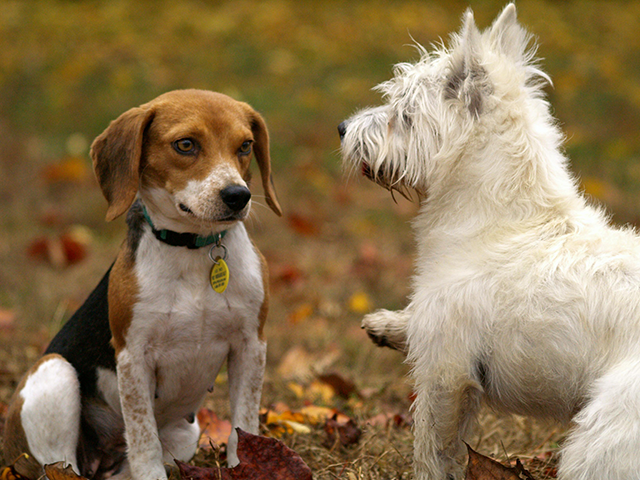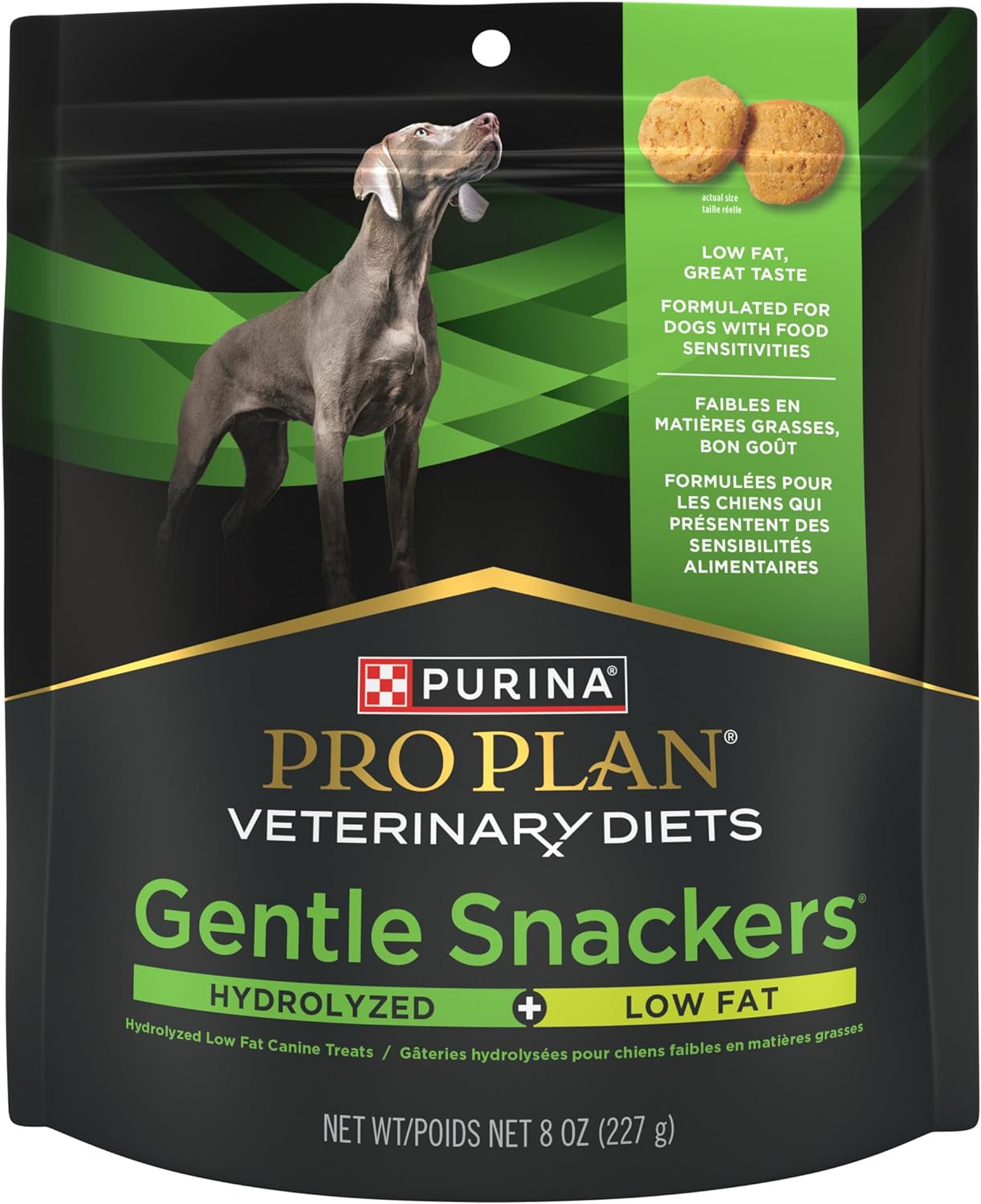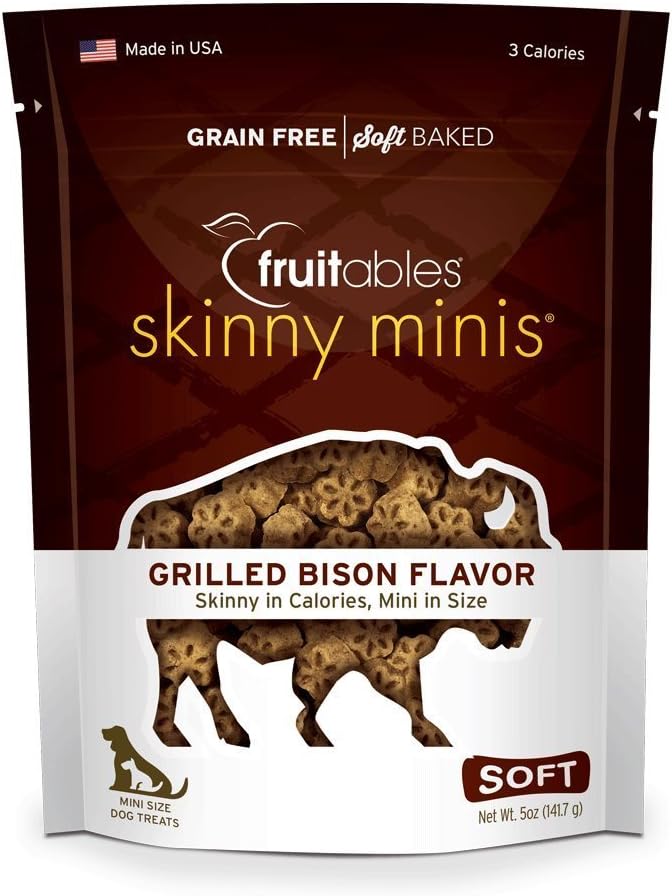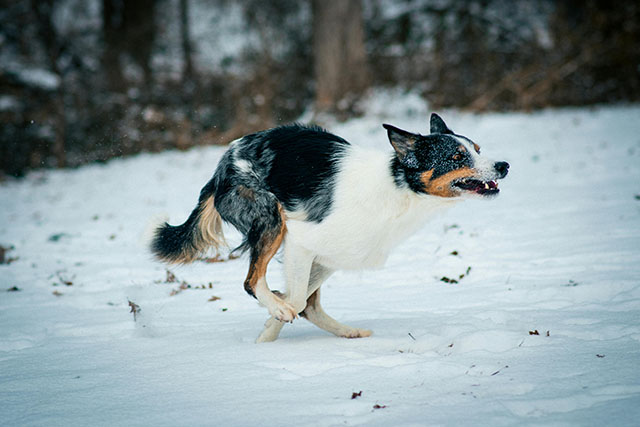Low-fat dog treats are an excellent choice for pet owners looking to offer their beloved furry companions wholesome and nutritious snacks. These treats serve as a delicious reward and play a crucial role in supporting your dog’s well-being. By opting for low-fat options, you can help manage your dog’s weight effectively, promote optimal digestion, and enhance their overall health and vitality.
But what exactly do low-fat dog treats entail, and how do they differ from conventional treats? Let’s delve deeper into understanding the benefits and distinctions between these two types of treats. Keep reading to uncover more about the advantages of incorporating low-fat options into your dog’s diet.
What is Low-Fat for Dog Treats?
Low-fat dog treats are specifically formulated snacks that contain a lower percentage of fats compared to traditional dog treats. Generally speaking, a low-fat treat will have a significantly reduced fat content—often below 10% by weight. This reduction is crucial for dogs who need to manage their weight, are less active, or may have certain health conditions that require a lower fat intake.
Conventional treats, on the other hand, might contain higher levels of fat, which can contribute to an increase in calorie intake, potentially leading to weight gain or exacerbating existing health issues. The key difference lies not just in the fat content but also in the selection of ingredients. Low-fat treats often incorporate lean proteins, fiber-rich vegetables, and whole grains to provide a balanced snack that supports overall health without sacrificing taste.
In the quest for healthier options for our four-legged friends, many pet owners seek out low-fat dog treats that are both delicious and beneficial for their pet’s diet and overall health. Among the various products on the market, some standout options have garnered attention for their nutritional value and appeal to dogs.
Purina Pro Plan Veterinary Diets Gentle Snackers are formulated with food sensitivities in mind, offering a low-fat solution for dogs on a weight management plan. Priced at $11.49 for an 8 oz pouch, these snacks are not only great tasting but also support dogs with sensitive stomachs. Made with hydrolyzed soy protein isolate and other quality ingredients, they’re a solid choice for those looking for weight management treats with a crunch.
For those whose pets fancy a more exotic flavor, Fruitables Skinny Mini Dog Treats are a hit for those whose pets fancy a more exotic flavor. These treats boast superfoods and come oven-baked, making them healthy and irresistible to pets. At only 3 calories per treat, they’re perfect for training and rewarding your pet without the guilt. The 5-ounce pack is an excellent choice for pets of all life stages, emphasizing weight management and a gluten-free diet.
Finally, Nutrisential Lean Treats for Dogs by Covetrus offers a chicken-flavored option that’s both soft and nutritional. Tailored for dogs of all sizes, these treats come in a convenient 3-pack of 4 oz each for $15.99, making them an affordable option for pet owners. With ingredients like chicken liver and wheat flour, they’re designed for easy portion control and are a healthy addition to your dog’s diet.
Each of these products caters to the health-conscious pet owner and provides delicious flavors and textures that dogs love. Whether you’re managing your pet’s weight or looking for guilt-free snacking options, these low-fat dog treats are worth considering for their balance of nutrition and taste.
What Foods Are Low-Fat for Dogs?
When considering low-fat options for your canine friend, focusing on nutritious and appealing foods for your dog is important. Here are several go-to options that can contribute to a healthy, low-fat diet:
- Cooked, Skinless Chicken: Chicken is a lean source of protein that, when cooked without skin or added oils, can be a great low-fat treat option for dogs.
- White Fish: Fish such as cod or tilapia are excellent sources of protein and omega-3 fatty acids, yet low in fat. Always make sure the fish is cooked and boneless.
- Carrots: Crunchy and sweet, carrots are a low-fat vegetable many dogs enjoy. They also provide a good source of fiber and vitamins.
- Green Beans: Whether fresh, canned, or frozen, green beans are low in calories and fat. They can be a crunchy snack or a soft treat, depending on how they’re prepared.
- Apple Slices: Apples can offer a sweet treat for dogs while being low in fat. Just be sure to remove the seeds and core to prevent any choking hazard.
- Pumpkin: Pumpkin is low in fat and helps with digestive health. Make sure to use pure pumpkin puree without any added sugars or spices.
- Rice Cakes: Plain, unflavored rice cakes can be a good low-fat treat alternative, offering a satisfying crunch with very little fat content.
It’s essential to remember that even with low-fat foods, moderation is key. Overfeeding can lead to weight gain and other health issues, so always consult your vet to tailor the best diet plan for your dog’s specific needs.
Is Rice Low-Fat for Dogs?
Rice, particularly white rice, is considered low in fat, making it suitable for a low-fat diet for dogs. It is easily digestible, and because it is a carbohydrate, it provides a good source of energy without contributing to a high fat intake. However, serving rice in moderation is essential as part of a balanced diet since overconsumption can lead to unnecessary weight gain due to its caloric content.
When incorporating rice into your dog’s diet, ensure it’s cooked plain without any added fats, spices, or seasonings. This ensures your furry friend can enjoy the benefits of rice without any unhealthy additives.
What Food is Rich in Fat for Dogs?
While low-fat diets are beneficial for dogs in certain cases, fats play an important role in a dog’s diet. They offer energy, support cell function, and aid the absorption of vitamins. Foods rich in healthy fats include salmon, flaxseed, and coconut oil. These sources provide essential fatty acids like omega-3 and omega-6, which are crucial for a dog’s skin health, coat condition, and overall well-being.
However, high-fat foods should be given with consideration to the dog’s activity level, age, and health status. Active, young dogs may benefit from a diet slightly richer in fat, as they require more energy. Conversely, for overweight dogs or those with specific health concerns such as pancreatitis, a high-fat diet could be detrimental. Always consult a veterinarian to determine the optimal fat intake for your dog. Moderation is key, and when introducing new food rich in fat, it should be done gradually to avoid digestive upset.
What Vegetables Can Dogs Eat Every Day?
Dogs can enjoy a variety of vegetables as part of a balanced diet, which can provide essential nutrients, fiber, and hydration. Here are some vegetables that are safe and beneficial for daily consumption:
- Carrots: Carrots are high in fiber and vitamins, so they can be a healthy, crunchy snack.
- Cucumbers: Known for their hydrating properties, cucumbers are low in calories and can be a refreshing treat.
- Green Beans: Whether steamed, boiled, or served raw, green beans are a low-calorie vegetable full of important vitamins and minerals.
- Broccoli: In small quantities, broccoli is a good source of fiber and vitamin C but should be given sparingly to avoid potential gastrointestinal irritation.
- Spinach: This leafy green is packed with nutrients but should be given in moderation due to its high oxalic acid content, which can inhibit calcium absorption.
While these vegetables can be part of your dog’s daily diet, it’s crucial to introduce any new food gradually to monitor for adverse reactions such as allergies or gastrointestinal issues. Additionally, always consult your veterinarian before making significant changes to your dog’s diet to ensure it meets its specific nutritional needs and health conditions. Moderation and variety are key to a balanced diet that supports your dog’s overall health and well-being.
Finding the Right Balance in Your Dog’s Diet
Creating the perfect diet for your dog involves selecting the right mix of low-fat, healthy-fat, and nutritious vegetable options that meet their individual health requirements and taste preferences. Remember, the goal is to maintain an ideal weight and enhance their overall health and vitality. Consulting with a veterinarian to tailor a diet plan specific to your dog’s needs is crucial.
By incorporating a variety of safe, nourishing foods and observing moderation, you can ensure your furry companion enjoys a balanced diet that supports a long, happy, and active life.
Jessica is a veterinary medicine student who is passionate about animals. Living with her cherished dog, Milo, deepens her understanding of the human-animal connection, enhancing her empathy as a future veterinarian.
Jessica’s concise articles reflect her dedication to improving the lives of animals and those who care for them, making her an inspiring figure in the pet care field.







